We know ultra-processed foods are bad for you – but can you spot them? Take our quiz
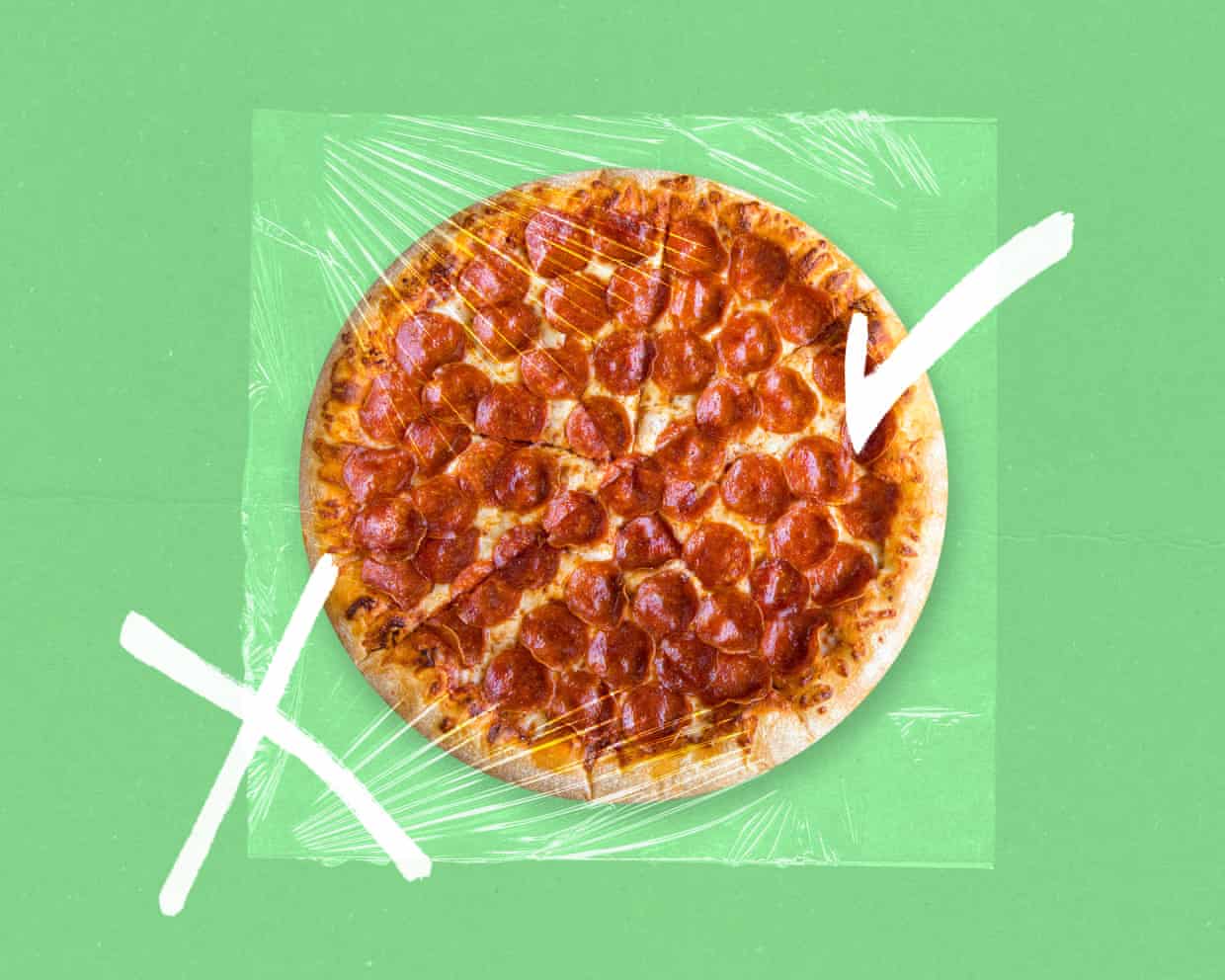
A major global report released this week linked ultra-processed foods to harm in every major human organ.For people in the US, the UK and Australia, these foods make up more than half the calories they consume each day.But it’s not always easy to tell which foods are ultra-processed.The term was coined in 2009 by researchers at the University of São Paulo, as part of their Nova food classification system that sorts foods into four groups:Group one: unprocessed or minimally processed foods including whole fruits and vegetables, milk, oats and rice.Group two: processed basic ingredients used in cooking including salt, sugar and vegetable oils.
Group three: processed foods made by adding items from groups one and two.Includes canned legumes, bread and cheese.Group four: ultra-processed foods which are commercial products made from extracts of foods, often with added chemicals, flavours and other ingredients you wouldn’t find in a home kitchen.While there can be health harms from an unbalanced diet of foods in any of the groups – for example, those containing too much salt – researchers say the problem with group four is that the processes used to make them and the industrial ingredients they contain mean they are not “real food” and are more likely to cause health problems.But they can be hard to spot.
A long ingredients list with names you don’t recognise (hello maltodextrin and soy lecithin) is a giveaway for ultra-processed foods.If you’re unsure, the Open Food Facts app lets you search for products and see their category.In the meantime, test your knowledge of ultra-processed foods with our quiz.With thanks to Dr Priscila Machado from the Institute for Physical Activity and Nutrition at Deakin University for checking this quiz for accuracy

Tell us about a recipe that has stood the test of time
Recipes carry stories, and often when they have been passed down from generation to generation, these tales have a chapter added to them each time they are made. Family members concoct elaborate treats and seasoning mixes, which in some cases travel across oceans to end up on our dinner tables.We would like to hear about the recipes that have stood the test of time for you, and never fail to impress. Who first made it for you? Did you stick to the recipe that was passed down or have you improvised? What are the stories you associate with your favourite family recipe?Let us know and we will feature some of the best in Feast.Tell us about the recipe that has been handed down through generations in the form below
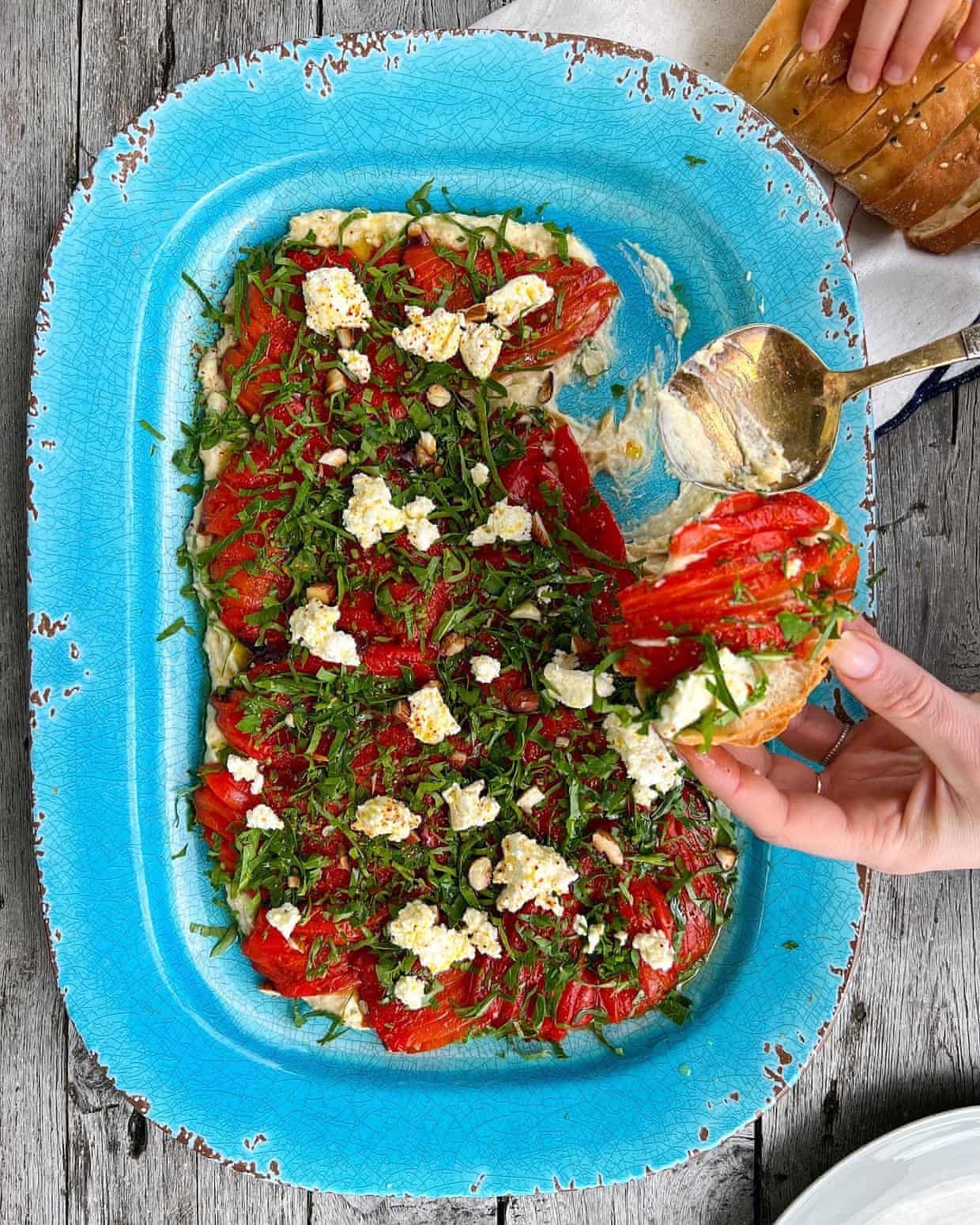
Alice Zaslavsky’s recipe for garlic red peppers with a creamy white bean dip, AKA papula
This week, I’ve been putting the finishing touches on an interview I recorded with legendary Australian cheesemaker Richard Thomas, the inventor of an ingredient you may not even realise is Australian: marinated feta, AKA “Persian fetta”. An unexpected stop on a trip to Iran in the 1970s gifted Thomas a chance meeting with a Persian doctor and his breakfast: fresh labneh with soft, still-warm lavash. It was a revelation. On his return, Thomas got to work creating a fresh cheese from goat’s milk (similar to chèvre) and from cow’s milk, marinated and preserved in oil, with an extra “t” to avert confusion with the Greek-style feta, that’s still being utilised by cooks and chefs right across the world.Persian fetta is a shapeshifter, capable of remaining both firm and steadfast when crumbled across the top of a platter or salad, and of yielding to a soft, velvety cream, enhancing all manner of dishes from pasta to pesto to whipped dips and schmears – and, of course, as a topping for that Aussie cafe staple, avocado toast
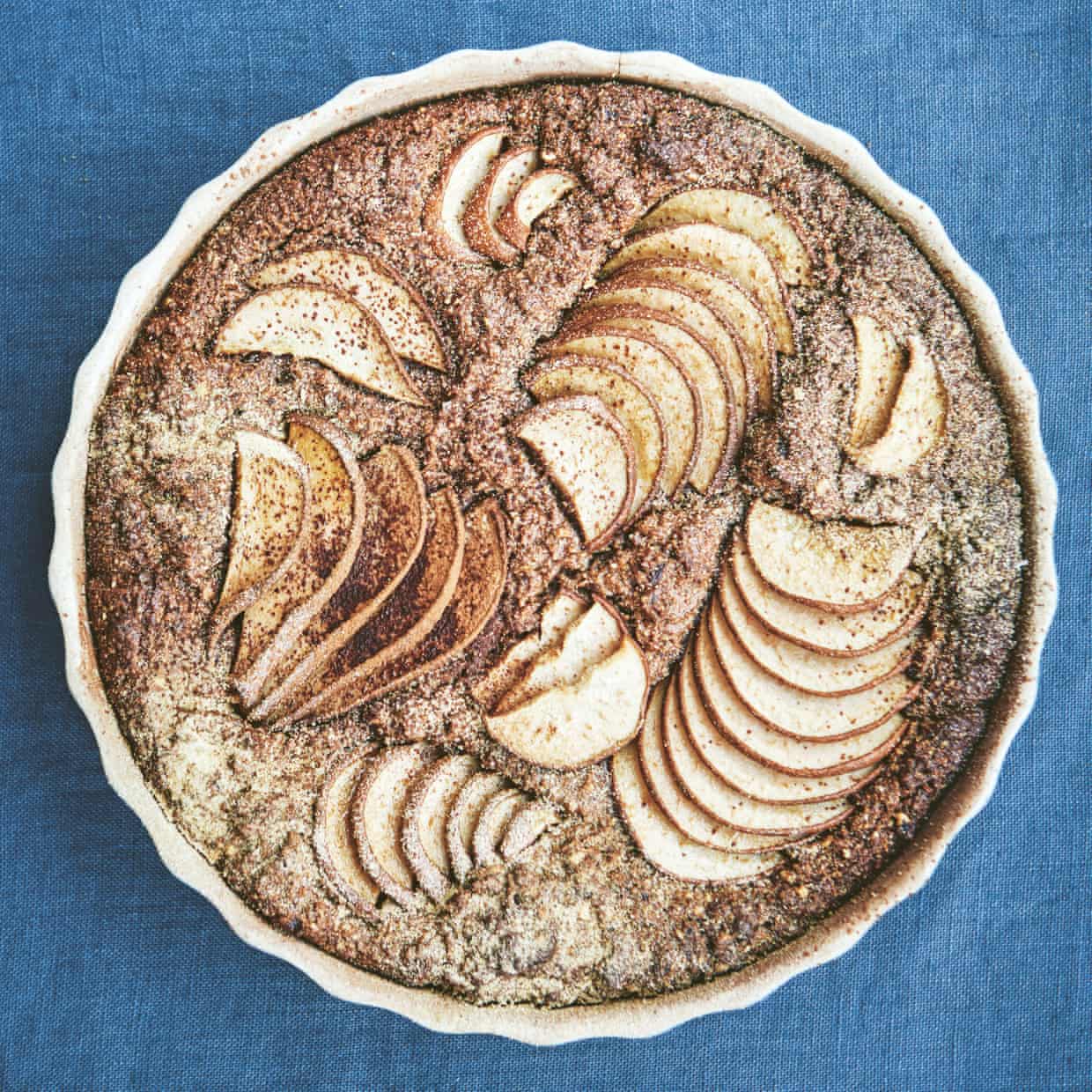
How to turn hazelnuts into a brilliant flour for cakes – recipe | Waste not
Each recipe in my cookbook Eating for Pleasure, People & Planet includes optional whole food ingredients such as rapadura sugar, emmer wheat and flaxseeds to boost nutrients and flavour, while also keeping things adaptable so you can use up what you already have in the cupboards. Writing a plant-based cookbook taught me new ways to save waste, and confirmed my belief that zero-waste cooking is whole food cooking. Aquafaba (the liquid from a tin of chickpeas or other beans), for example, is a powerful emulsifier that can replace eggs, especially when whisked with ground flaxseeds or chia. It’s a brilliant way of turning what we’d usually pour down the sink into cakes with remarkable lift and texture.When I was writing the dessert chapter of my cookbook, I wanted every recipe to offer new ways of making cakes more nourishing

Fish, cheese or chicken? Ravinder Bhogal’s recipes for warming winter pies
When the temperature takes a nosedive, few things compete with a just-baked pie. Don’t be daunted by social media images of perfect, artistic ones; a pie will taste just as good whether it’s rustically homespun or exactingly decorated and carved. Ultimately, what is more important is the integrity of the ingredients (both the casing and the filling). As pastry or potatoes are such a large part of the equation, invest in the best, and make sure puff pastry is all butter and filo is generously lubricated with melted butter. And, if you’re serving your pie with mash, you want it lump-free, properly seasoned and enriched with butter and cream
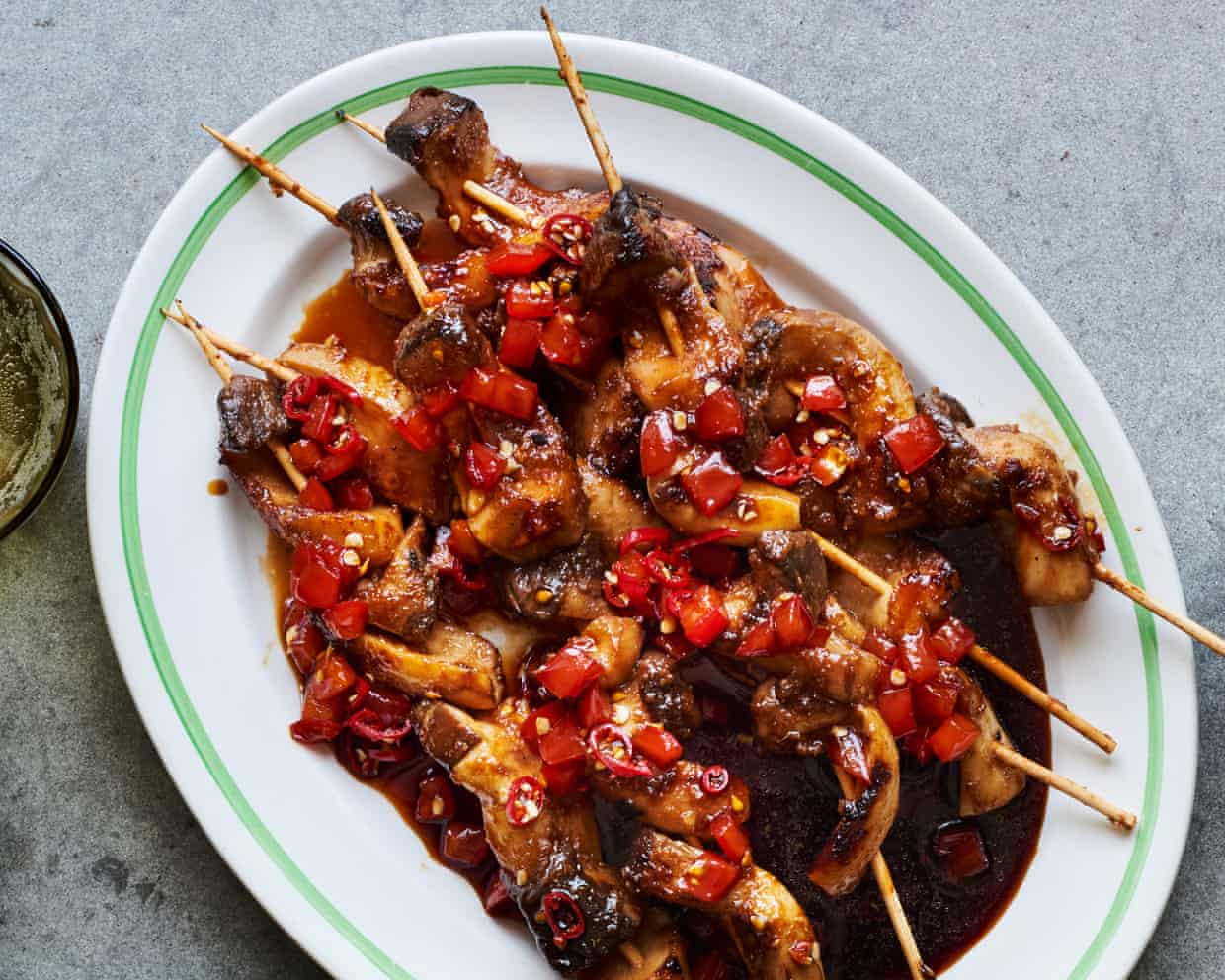
I’m vegetarian, he’s a carnivore: what can I cook that we’ll both like? | Kitchen aide
I’m a lifelong vegetarian, but my boyfriend is a dedicated carnivore. How can I cook to please us both? Victoria, by email “I have three words for you, Victoria,” says Anna Ansari, author of Silk Roads, who grew up in a predominantly vegetarian household: “Di si xian.” Typical of northern China, this stir-fry of aubergine, potato and peppers (otherwise known as the “three treasures”) is laced with soy, Shoaxing wine, white pepper, sugar, cornflour and, in Ansari’s case, doubanjiang. She also adds tofu (the fourth treasure, if you will) for “a rounded, one-pot/wok dinner” to eat with steamed rice. “It reminds me of being a teenager in Beijing, far from home and in need of warmth and comfort,” she says, and we could all do with some of that right now
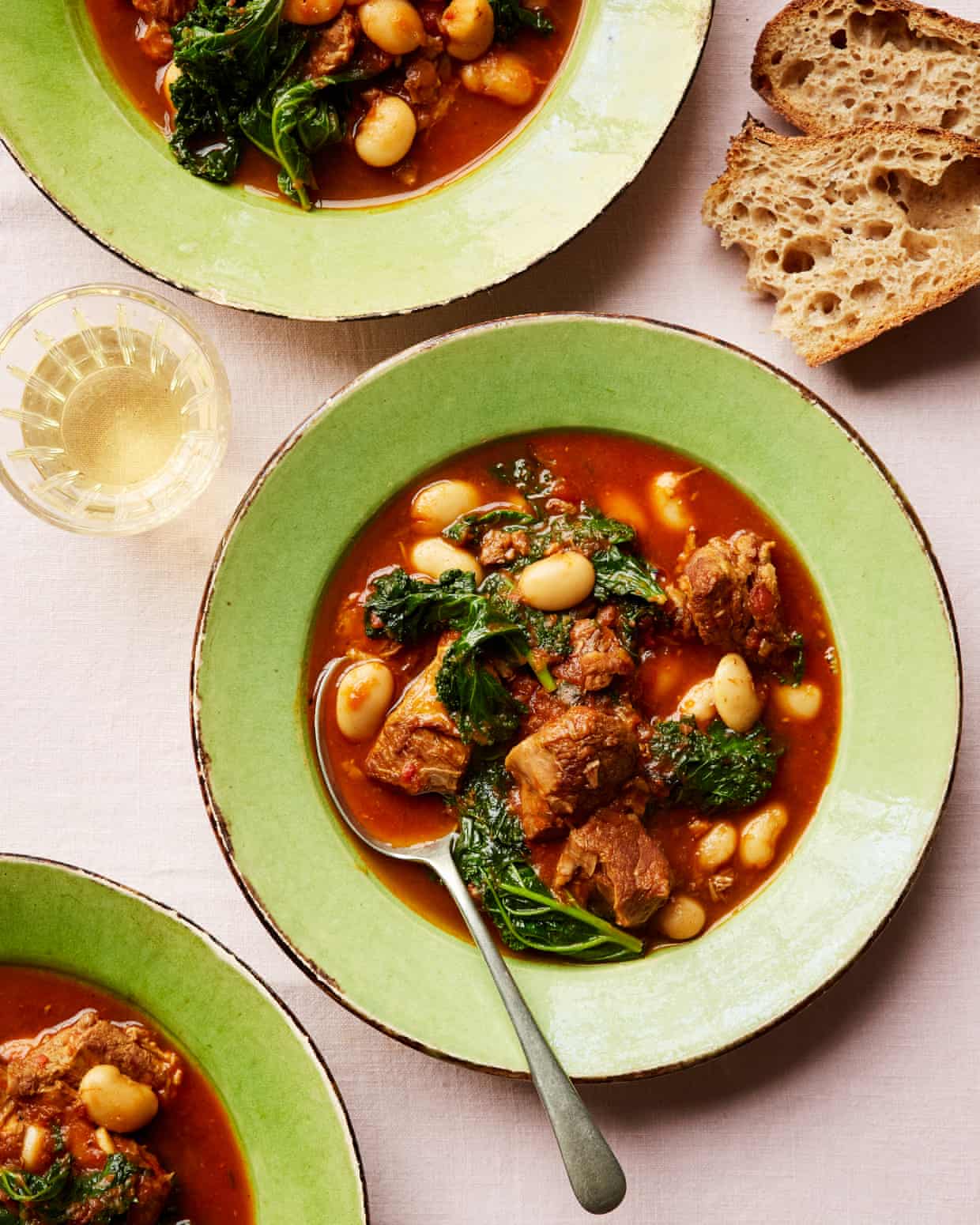
José Pizarro’s recipe for braised lamb and kale cazuela with beans
My mum, Isabel, has always cooked slowly. Life on the family farm was busy, so a pot of lamb would often be bubbling away while she worked and, by the time we all sat down for lunch, the whole house smelled incredible. November takes me straight back there. It is the month for food that warms you, dishes made to sit in the centre of the table and to bring everyone close. Lamb shoulder loves a slow cook, turning soft and rich, especially when cooked with alubias blancas (white beans) to soak up the sauce, while a good splash of oloroso gives it a deeper, rounder flavour than any red wine ever could

We know ultra-processed foods are bad for you – but can you spot them? Take our quiz

How could Reeves hit gambling firms – and are they fearmongering over impact?

Overseas-trained doctors leaving the UK in record numbers

Prozac ‘no better than placebo’ for treating children with depression, experts say

Councils in north of England and Midlands to get more funding in shake-up

Keeping youths in care out of trouble | Letter